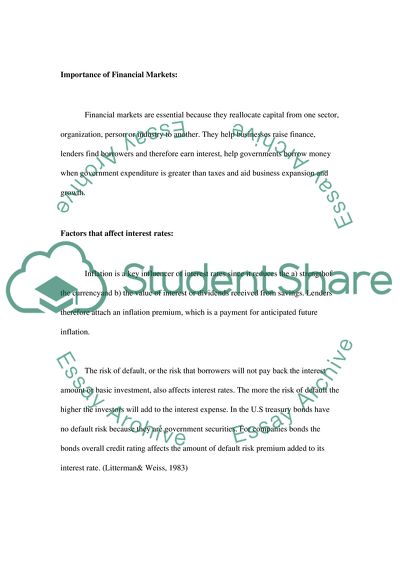Cite this document
(Financial Markets and Institutions Essay Example | Topics and Well Written Essays - 2000 words - 1, n.d.)
Financial Markets and Institutions Essay Example | Topics and Well Written Essays - 2000 words - 1. https://studentshare.org/finance-accounting/1784886-financial-markets-and-institutions
Financial Markets and Institutions Essay Example | Topics and Well Written Essays - 2000 words - 1. https://studentshare.org/finance-accounting/1784886-financial-markets-and-institutions
(Financial Markets and Institutions Essay Example | Topics and Well Written Essays - 2000 Words - 1)
Financial Markets and Institutions Essay Example | Topics and Well Written Essays - 2000 Words - 1. https://studentshare.org/finance-accounting/1784886-financial-markets-and-institutions.
Financial Markets and Institutions Essay Example | Topics and Well Written Essays - 2000 Words - 1. https://studentshare.org/finance-accounting/1784886-financial-markets-and-institutions.
“Financial Markets and Institutions Essay Example | Topics and Well Written Essays - 2000 Words - 1”. https://studentshare.org/finance-accounting/1784886-financial-markets-and-institutions.


